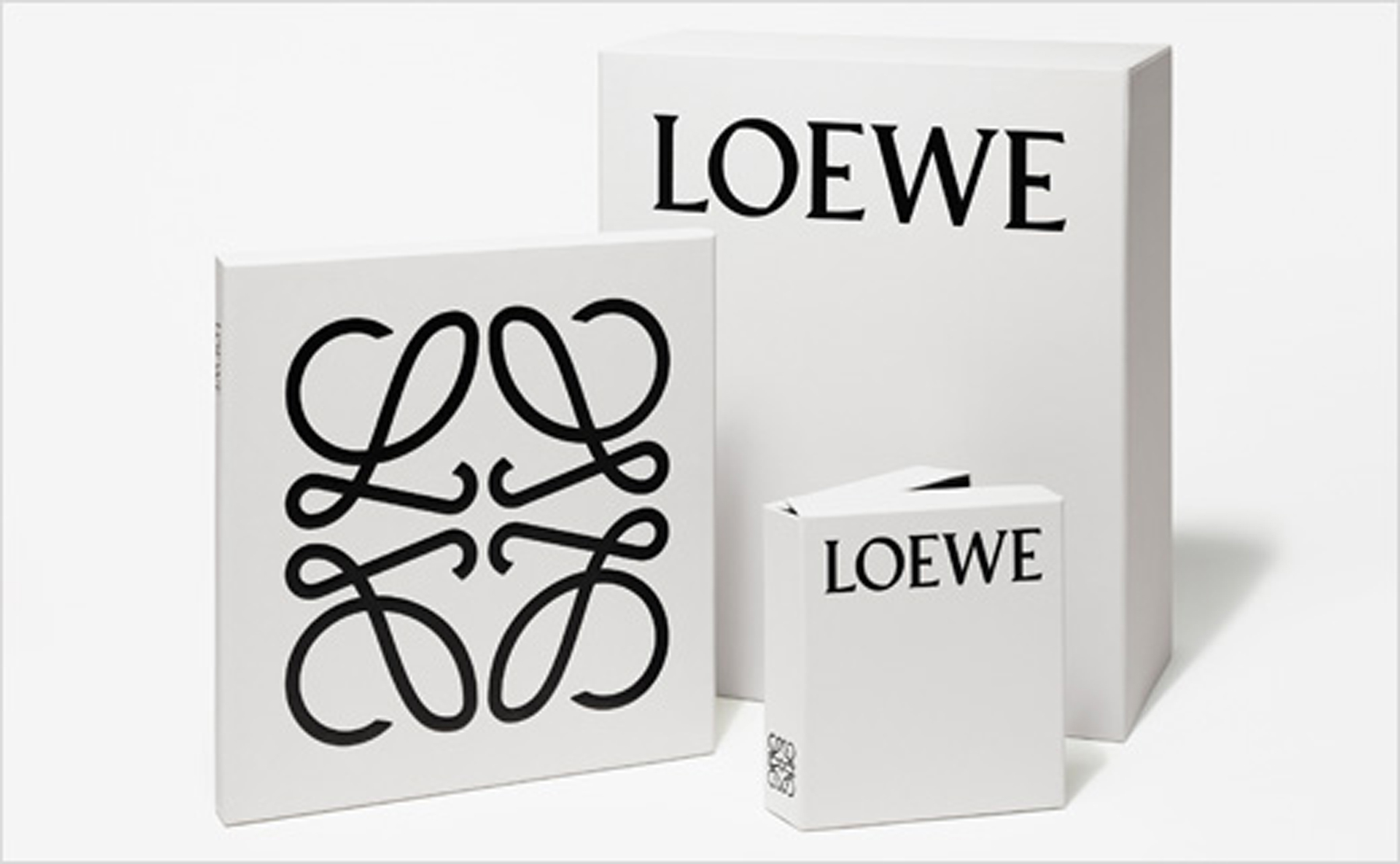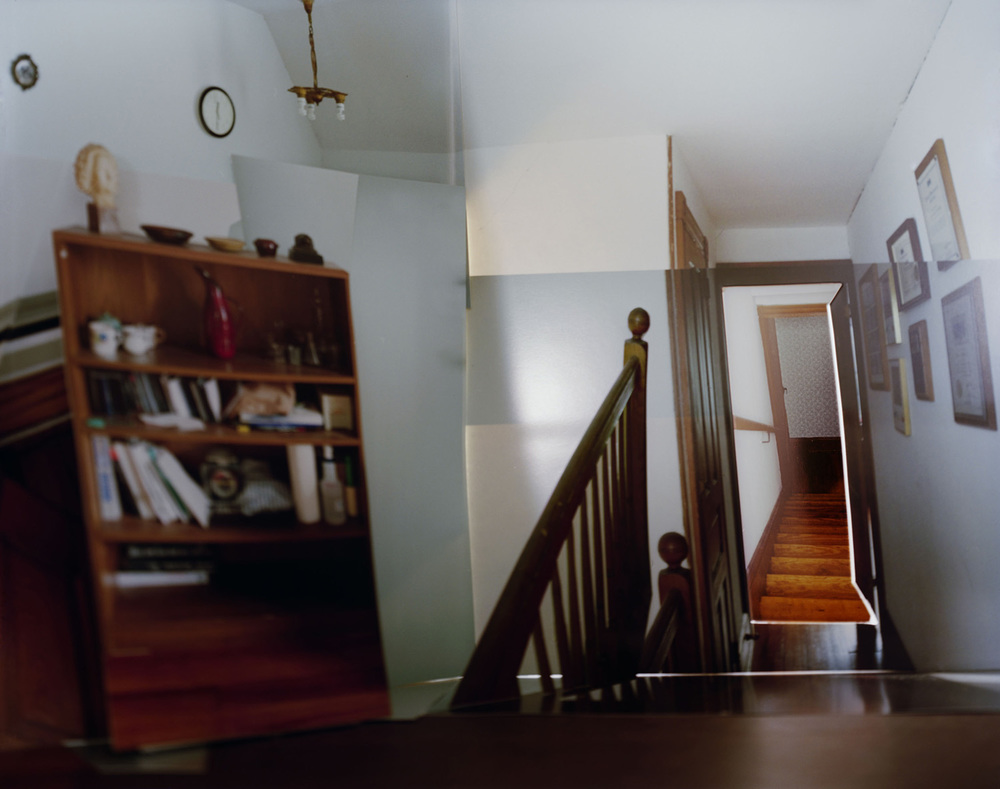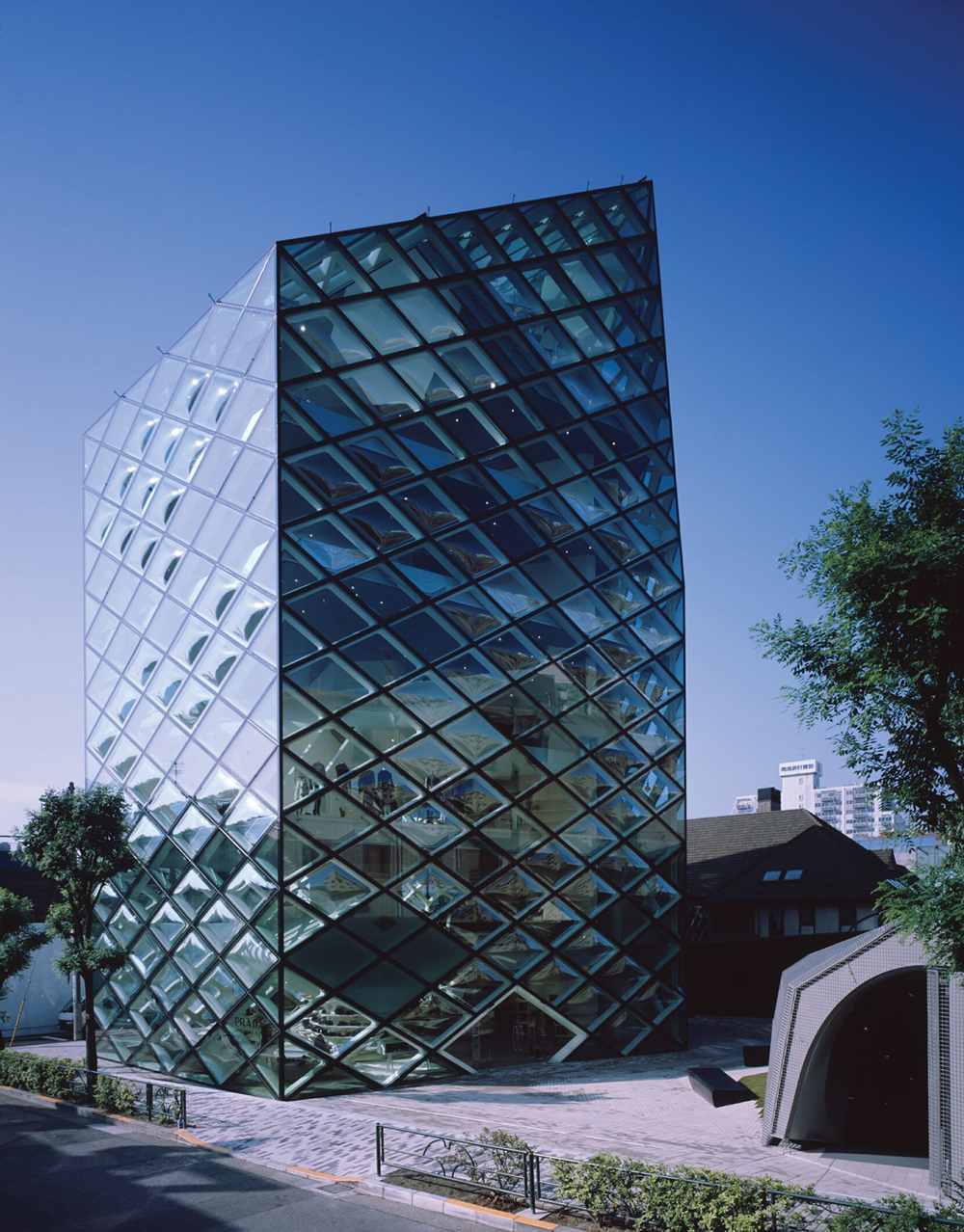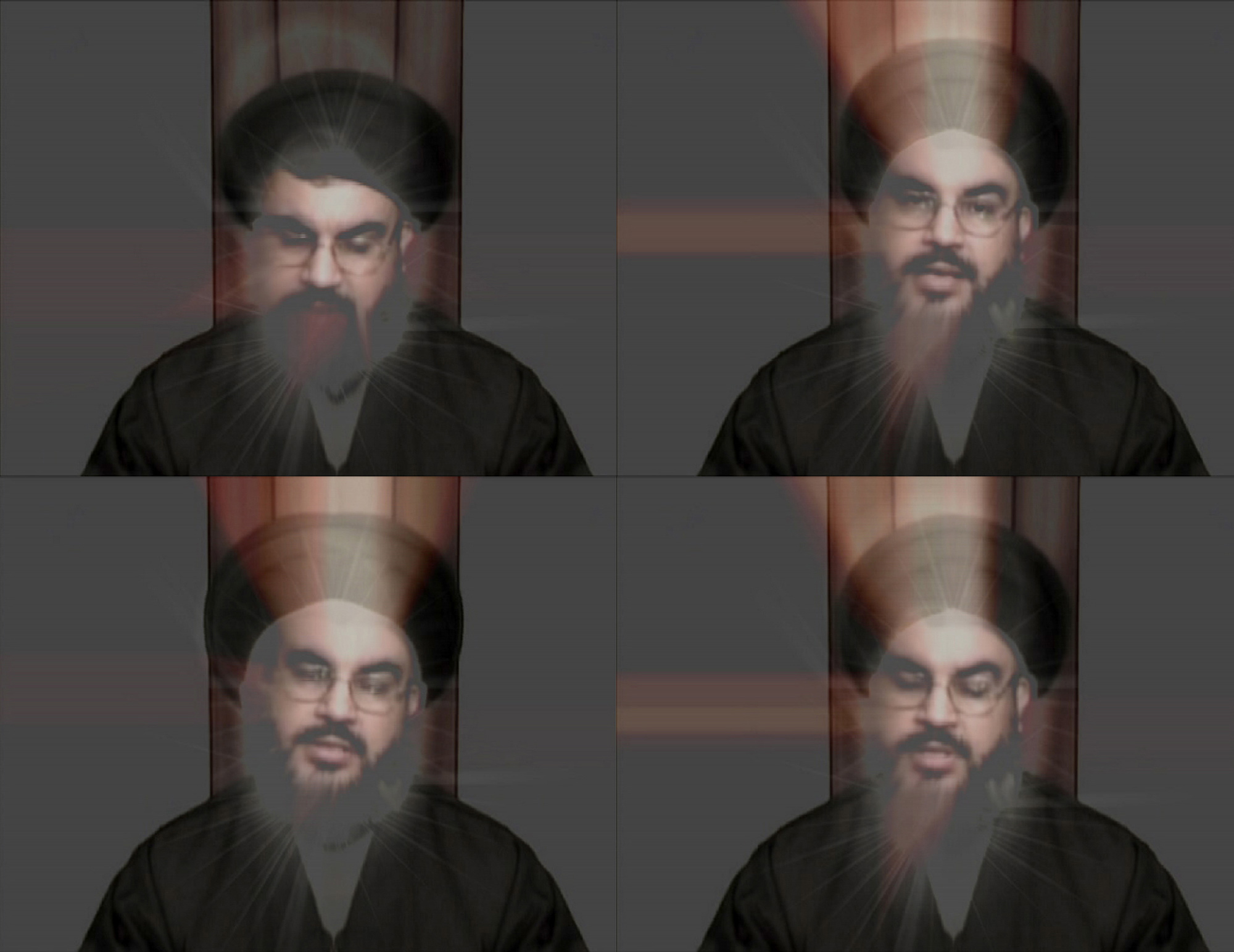Those familiar with the architectural profession will often hear talk about the ‘art of building’. While we may interpret the phrase in multiple ways, from the artistic representation of buildings to the craft of designing and making, rarely do we think about the act of building through an artistic philosophy or paradigm.
German artist Gregor Schneider has taken it upon himself, unintentionally, to fill this void in the intersection of art and building. In the mid '80s, Schneider started transforming his childhood home on Unterheydener Straße in Mönchenglad-bach-Rheydt, compulsively replicating, adding to and multiplying its space in an ongoing work titled “Haus u r” all within the confines of the existing structure. Schneider’s efforts have metamorphosed the building into an uncanny, near-grotesque iteration of its original state, wherein lies the art.
‘Original state’ is more of a short-hand for understanding the chronology of “Haus u r” as an artwork, than an actual description of its expressions. Visiting the house, you come into a series of spaces, scattered with the debris of abandonment—remnants of trash scattered around a washbasin, a deflated sex doll, a dirty mattress—a sequence of near-familiar rooms that, separate from the haunting staging of its domestic excesses, nonetheless seems almost-wrong.
You would not be mistaken in your hesitance; Schneider has rebuilt rooms within rooms, where the ‘original’ is replicated within itself, slightly smaller, sometimes with gaps for movement in between the two, or nonsensically disproportionate building details like too-thick insulation layers. In folding in on and multiplying itself, the building births, houses and is in constant physical struggle with its own doppelgänger, these uncanny houses acting in tandem to create a dread and subtle wrongness that imposes on us a doubt towards domestic security of living, and of home.
The key distinction between “Haus u r” as building, or architecture, and “Haus u r” as art, is that while the house may exist as an actual inhabitable space, its reason for existence is its praxis, and therefore, it hinges upon Schneider himself as both creator and interpreter. Think back to this article’s initial description of traversing the house; you will most likely imagine confined rooms and narrow spaces, detritus and decay. Our day-to-day spatial experience assumes an honesty of architecture, that while interior and exterior do not literally translate to each other, they nonetheless imply their counterpart. After all, this is a part of the ‘art of building’, a responsibility of architecture that demands efficiency and elegance of structures and form, and where, as much as possible, no spaces or layers are misused or have no meaning.
“Haus u r” is the exact antithesis of that ‘art’. When you stand in a room in “Haus u r” that room is wrapped in another room, just slightly larger than it, nearly the same but corporally inaccessible, a family of house-shaped matryoshka dolls. Sometimes, you hear a creak or a grunt just beyond the walls; this may be Schneider, squeezing through the interstitial gaps, perhaps leading a visitor through the guts of the structure. Together, the houses become uncanny, because although the precedent houses to the one you trudge through are spatially ignorable, they have set the parameters for your particular experience of the artwork at that precise moment in time. Alongside hints of gaps, in-betweens, and the sounds or vibrations of Schneider’s invisible movement, you form an unsettling awareness that there is a presence beyond the foreground of your immediate surroundings. And while the physical boundary of this presence’s background is necessarily the external structure of the house, Schneider’s repetition of building produces an unknown distance which stretches on to near-infinity.
This is why ‘original state’ is an invalid term when applied to “Haus u r”. If we think of the original state in architecture as either a physical site—whether building or geography—to react to and extrapolate from, or a condition which we seek a return to—such as in conservation of historical buildings— then “Haus u r” desires neither. Its context is itself, or more specifically, the physical and chronological spaces between each iteration of itself. Only Schneider himself is aware of the exact numbers, layouts and timelines of the house(s), and even then, through the constant dismantling, rebuilding, removal and transformation of the house(s), he is no longer able to distinguish between what exists and what existed. Schneider himself is given to the self-referential context of the house(s); they exist as a single, auto-cannibalistic entity, corporeally compounded within the virtual space of Schneider’s mind.
Perhaps, even he himself has been incorporated into “Haus u r”. Schneider’s production, wherein he personally and sometimes singularly continues building in reference to the house’s uncanny context, only reinforces its inward-looking nature and strengthens the interdependency of art and artist. Repetition breeds familiarity, but Schneider’s repetition of that which should be most familiar to him, his childhood home, becomes distinctly more unfamiliar with each repetition, both in relation to Schneider’s memory and to our own memories, understandings or assumptions of home. In this way, “Haus u r” becomes exemplary of the overlapping, contradictory and self-referential nature of the uncanny, wherein the familiar and unfamiliar co-exist interdependently within a single entity.
While the technique differed, Schneider’s thematic explorations of the uncanny continued in his 2004 artwork/exhibition in London, “Die Familie Schneider”. Occupying two adjacent, near-identical terrace houses in Whitechapel, Schneider once again employed duplication, but where “Haus u r” repeats within itself, “Die Familie Schneider” repeats without. Visitors are given keys and instructed to wander around both houses within a space of 20 minutes, letting themselves into an unsettling domestic theatre.
Each house is the same, or so it seems: a woman hunched over a chopping board at the sink, a man masturbating in the shower, a figure breathing quietly, covered in a trash bag in the bedroom. Already, the intrusion of the visitor, the anonymous-but-familiar figures of the family, the off-putting scenes of domesticity gone wrong breeding a sense of caution and dread. The experience of visiting what is ostensibly the same house twice, consecutively, having to repeat the same movements, witnessing the same stages, invokes a sense of the uncanny precisely because it is not the same house, you will not exactly recreate your movements, and the stages, while similar, but not exactly identical. A baby’s cry rings through the basement of one house. The covered figure breathes a little harder within the other. There is an extra stain on the wall. Here, one house sets up the context for the other, but breaks that established familiarity through subtle differences. The imposed time limit helps to retain the premise of the first building both in mind and body, and the subtle differences between the two entities thus become instinctively and responsively felt as opposed to analysed or observed. The added layers of intrusion, and the uglier side to domesticity that occur within the house(s) further undermines our own confidence in the implicit familiarity of home. “Die Familie Schneider” is familial to “Haus u r” both related expressions and explorations of Schneider’s own considerations on his artistic intent.
It is notable that both “Haus u r” and “Die Familie Schnei- der” imply a connection to Schneider’s own lineage. Utilising his own family home, and explicitly naming it after its location—the ‘u r’ is an abbreviation of its geographic position— for one, and simply calling the other ‘The Family Schneider’, Schneider seems to be hinting at a repetitive recall of his own past. It would, however, be unfair of us to impose any psycho-analytical theory on Schneider, who has distinctly expressed that he is more interested in exploring through his work an undetermined future than dwell in the past. What explains Schneider’s seemingly nostalgic work, and distinguishes him as artist rather than builder, is that he has specifically chosen to touch upon the existential question of domestic living, by siting and contextualising his work in these house(s).

The result is, somewhat frustratingly, that Schneider’s house(s) are the most enunciated built expression of the architectural uncanny, precisely because they are not architecture, but art. Architecture draws distinctions between its architect, its intent and its users, and although they are inter-reliant, they are not necessarily transcriptive. Schneider, however, is inseparable from his work. There is a myth surrounding “Haus u r” that Schneider lived, entombed, within the house, quietly constructing for almost a decade before the art world took notice of him. It may be a wild rumour, but it efficiently summarises the praxis of Schneider’s work, a mutual influence of creator and creation that produces an uncanny multiplicity. Of course, there are limits to Schneider’s work: the finiteness of physical space, and his natural lifespan. But, so long as the totality of “Haus u r” exists, with its exterior structure and the innermost sanctum of its maze-like interior, the dialogue between its in-betweens will tirelessly produce an infinity of unknowns, epitomising the architectural uncanny.




